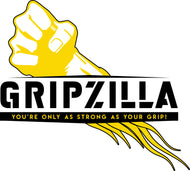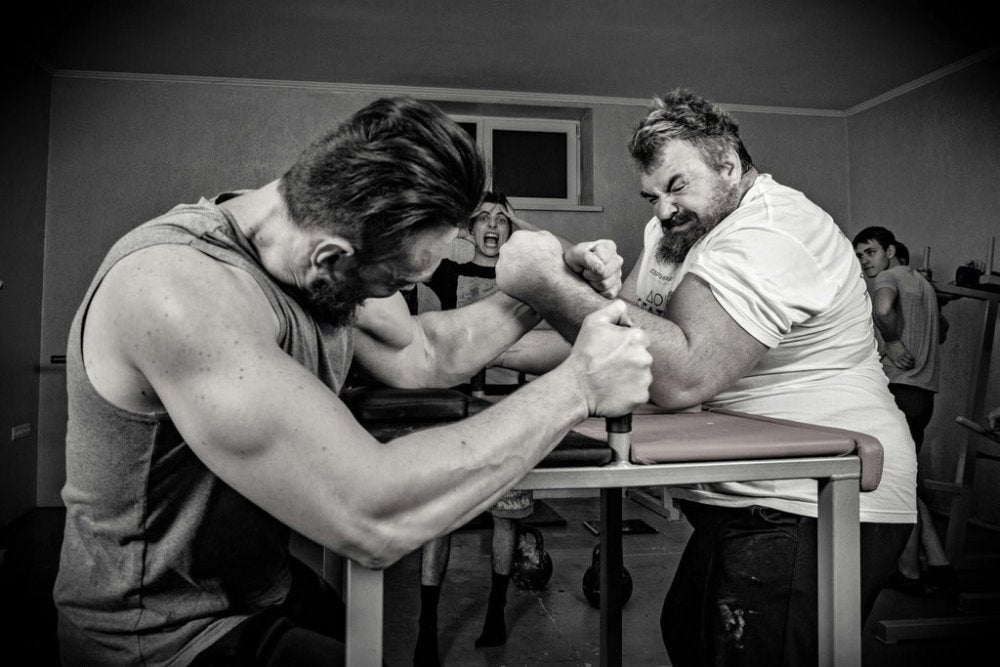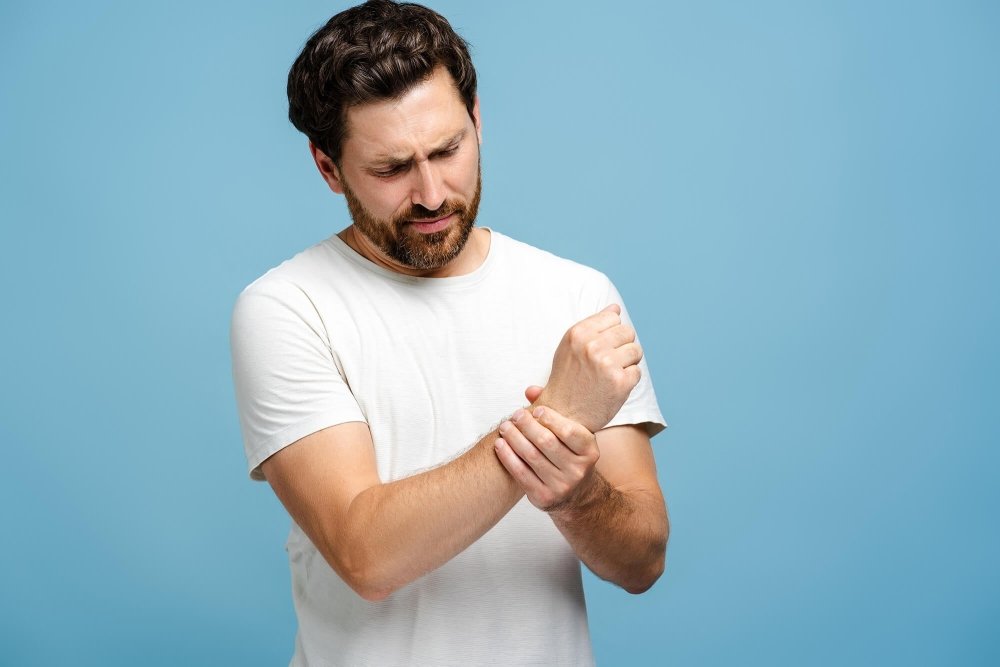Arm wrestling looks simple. Two people, one table, and pure strength.
But anyone who has felt that sudden pop or seen someone’s arm snap knows how serious it can get.
Let’s talk about how to avoid arm break in arm wrestling, what causes it, and what you can do to protect yourself while still enjoying the sport.
What Causes Arm Break In Arm Wrestling
Before learning how to avoid arm break in arm wrestling, you need to understand what causes arm break in arm wrestling.
The most common reason is a humerus fracture, which happens when the upper arm bone twists under too much force.
When your shoulder, elbow, or wrist is not aligned properly, the pressure travels to the humerus instead of the muscles, and that’s when disaster happens.
The combination of rotation and torque during a match is powerful enough to snap the bone if your technique is off.
How To Prevent Arm Injury In Arm Wrestling
 If you love the sport, learning how to prevent arm injury in arm wrestling is a must.
If you love the sport, learning how to prevent arm injury in arm wrestling is a must.
Start with a solid warm-up. Light stretches, wrist rolls, and resistance band work prepare your muscles and joints for the strain ahead.
Focus on arm wrestling safety tips like keeping your body close to the table, keeping your shoulder behind your hand, and avoiding sudden jerks.
Never let your arm rotate away from your body during a match. That’s one of the biggest reasons for an arm wrestling arm break.
Arm Wrestling Safety Tips For Every Match
Every serious puller should follow a few arm wrestling safety tips before stepping up to the table.
- Keep your shoulder in line with your arm.
- Do not twist your upper body while your arm is locked.
- Avoid overconfidence against stronger opponents.
- Tap out if your form breaks down.
The best arm wrestling technique safety starts with respect for the sport and the limits of your body. No win is worth a broken arm.
Proper Arm Wrestling Form & Posture
A correct stance is the secret behind arm wrestling injury prevention. The safe arm wrestling posture keeps your bones and muscles working together.
Sit or stand square to the table, plant your feet firmly, and pull your elbow toward your body.
The correct arm position in arm wrestling means your forearm stays vertical, your wrist stays firm, and your shoulder stays close.
This alignment allows the force to flow through your body instead of twisting your arm bones.
How To Protect Your Arm In Arm Wrestling
 If you want to know how to protect your arm in arm wrestling, the answer is simple: train smart and never ignore arm pain.
If you want to know how to protect your arm in arm wrestling, the answer is simple: train smart and never ignore arm pain.
Strengthening your biceps, shoulders, and forearms gives you better control during pulls.
Practice arm wrestling elbow position by keeping your elbow stable on the pad and your hand near your shoulder line.
That position protects your humerus and prevents it from taking rotational stress. It also improves your power output.
How To Arm Wrestle Safely As A Beginner
Beginners often make the arm wrestling mistake of relying purely on brute strength.
Learning how to arm wrestle safely means building a foundation first. Start with correct grip, body alignment, and technique.
But a critical part of that foundation is training your grip, forearm, and wrist stability, because if those fail under stress, your larger joints and bones take the hit.
One excellent tool to include in your training is the Gripzilla Armwrestling Essential Kit.
 This kit gives you a structured system to practice real-match motions, like side pressure, back pressure, pronation, supination, and holding static angles.
This kit gives you a structured system to practice real-match motions, like side pressure, back pressure, pronation, supination, and holding static angles.
It’s engineered with multiple handles and a 6-hole steel base frame so you can replicate the exact force vectors that arm wrestlers experience.
Using it consistently will help your smaller muscles and connective tissues adapt safely to match loads, reducing your risk of injury.
Exercises To Prevent Arm Injury In Arm Wrestling
 Training plays a major role in how to avoid humerus fracture during arm wrestling.
Training plays a major role in how to avoid humerus fracture during arm wrestling.
Focus on forearm strengthening exercises, wrist exercises, and grip strength training for arm wrestling.
Having genuine arm wrestling tools is always a plus.
Wrist curls, hammer curls, towel twists, and gripper work build stability in your joints and muscles.
Balancing both sides of your body with muscle balance for arm wrestling helps reduce uneven pressure on your bones.
That’s the foundation of long-term arm wrestling training safety.
Signs Of Arm Injury During Arm Wrestling
It’s critical to know the signs of arm injury during arm wrestling so you can stop before it’s too late.
- Sudden pain or a pop sound in the upper arm
- Numbness or tingling in your hand
- Swelling around the elbow or shoulder
If any of these happen, get medical attention immediately.
The recovery tips after arm wrestling injury include rest, ice, compression, and gradual rehab under a doctor’s supervision. Don’t rush back to the table too soon.
Arm Wrestling Safety Techniques For Long-Term Health
Building a career or even a hobby in arm wrestling means thinking long-term.
Following arm wrestling safety techniques for beginners and advanced athletes ensures that you can compete for years without injury.
Good nutrition, regular training, and listening to your body are part of how to reduce risk of injury in arm wrestling.
Strength Is Nothing Without Safety
Arm wrestling is more than strength, it’s a mix of control, precision, and awareness.
Knowing how to avoid arm break in arm wrestling keeps you strong, confident, and injury-free.
Master proper arm wrestling form, follow arm wrestling safety tips, and never ignore pain signals.
Your power means nothing if you’re out of the game with a broken arm.
So, train smart, respect the table, and keep your arms healthy for every match ahead.



